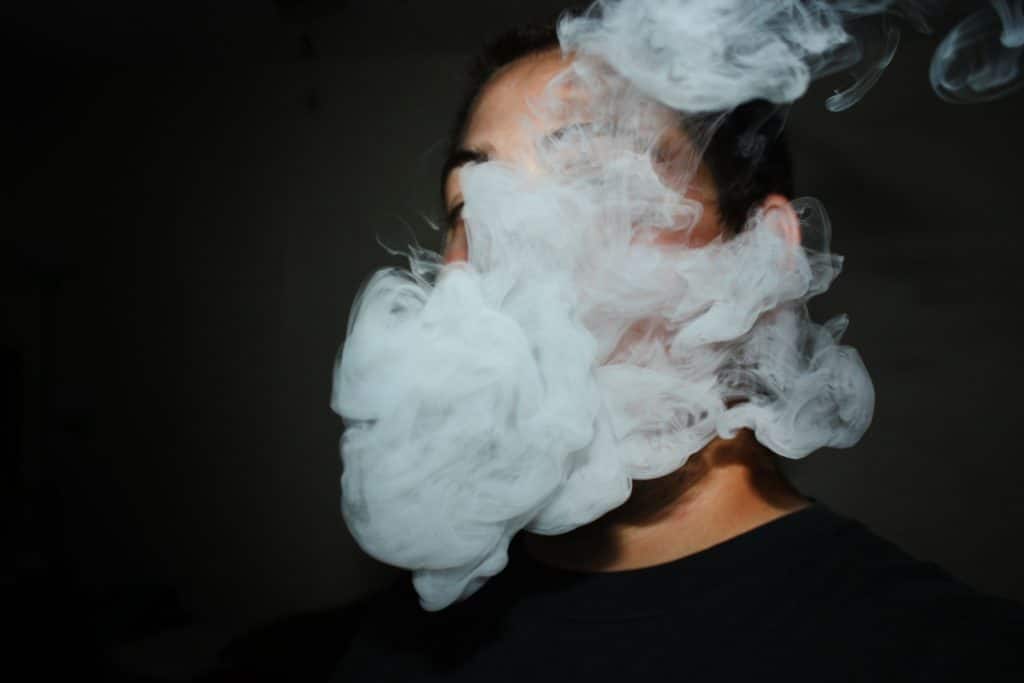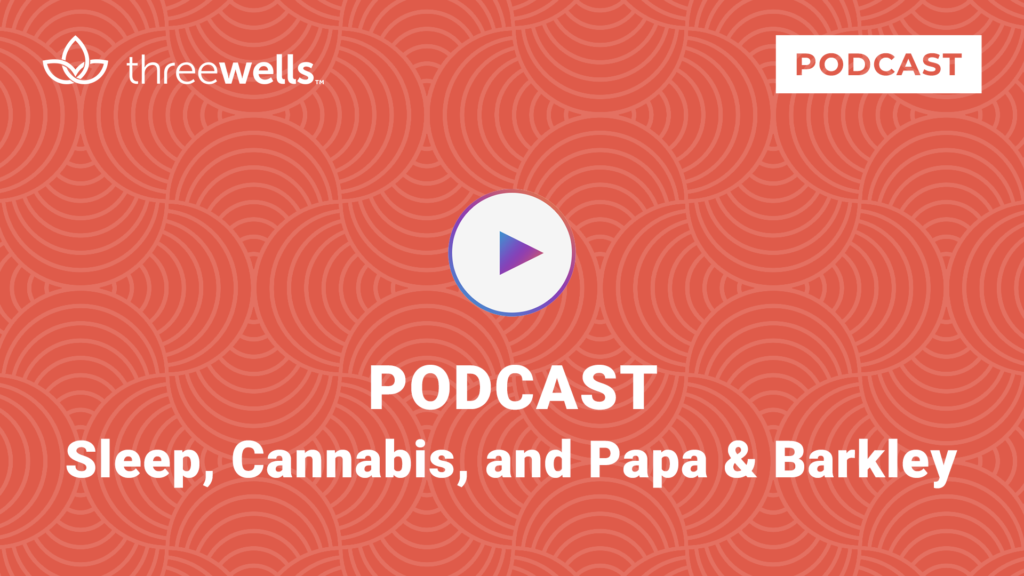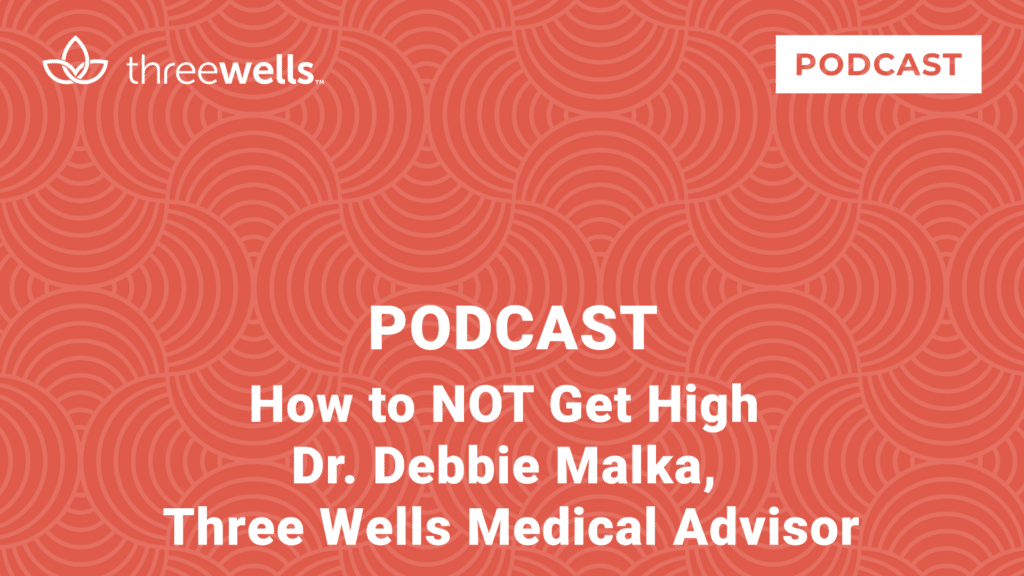Read Time: 5:50 Mins.
You may be hearing from friends or family about the superior medicinal qualities of Cannabidiol (CBD). That here, finally, is a miracle herbal product that has few side effects and doesn’t get you “high.” Some may think that we have no need to include tetrahydrocannabinol (THC) in cannabis preparations anymore. After all, isn’t that the component of the plant that makes it marijuana, sought by “recreational” users, and is still federally illegal? Well, before we rush to judgment, let’s look at what these cannabinoids achieve medicinally, and how combinations of both can give us maximal potency for minimal side effects.
THC-rich cannabis has been the most available and well-studied variety either medicinally or recreationally in recent history. Specifically, isolated strains with higher CBD content started to surface in California in the 2000s. Its value was so unrecognized that dispensaries didn’t want to carry it. When first used for seizure control in those early days it was a challenge to find enough to meet the needs of patients. As knowledge of CBD became more widespread, more growers started to stock it, production in Colorado began as well, and methods to grow it became more efficient. Most of the early CBD-rich strains were in fact combinations of part THC and part CBD, anywhere from 10-50% THC. Now we have CBD isolated from hemp strains, defined as having less than 0.3% THC, which is the only form allowed in most “CBD only” medical marijuana states. In fact, due to general confusion about legal vs. non-legal hemp products, CBD products can now be ordered over the Internet!
CBD & THC for Medical Conditions
What did those years of having only mixed strains available teach us? Thanks to much research done by GW Pharma, the developer of a standardized mixed cannabis extract preparation with a CBD/THC ratio of 1:1 called Sativex, we know a lot about these combinations. And the truth is, the presence of both THC and CBD is generally preferred for more effectiveness. Why is that? What does each component contribute medicinally?
Let’s start with THC. What makes it stand out, that it’s psychoactive, and binds to CB (cannabinoid) receptors directly (as compared to CBD which does not), is precisely what makes it useful for several conditions. Namely:
- For depression – the euphoria and stimulation from THC is desired for mood and energy.
- For pain management – the fact that THC is synergistic with opioid receptors and directly modulates central pain neural pathways makes it well suited for pain management.
- For anti-tumoral effects in the brain and CNS tissue – due to the high number of CB1 binding sites in this tissue coupled with anti-proliferative activity, as well as certain other cancers.
- For bronchodilation – THC not only is anti-inflammatory for lung tissue but is a bronchodilator.
- For appetite stimulation – THC has long been used for appetite stimulation, a benefit of the “munchies.”
- For insomnia as a sedative – THC is sedating, with or without additional terpenes. It increases slow wave sleep.
Now let’s look at CBD. What makes it so special, that it’s not psychoactive – or rather, that it does not alter your perception. In fact, it has anti-psychotic properties, which means it does have psychological properties. It’s also important to understand that it binds to different receptors other than THC, thereby adding to the effects they have in common which are many. The conditions uniquely suited to CBD use include:
- For anxiety – this is a primary use of CBD as it is an excellent anti-anxiety medicine while not creating a “high.” Saying it’s not psychoactive is somewhat misleading, especially in reducing anxiety as this is a psychological shift.
- For psychosis – including schizophrenia, psychosis in dementia, and mania. In fact, CBD can be used as an “antidote” to psychosis, even if brought on by use of THC or other drugs.
- For anti-proliferative effects in certain cancers involving metastasis as well as others.
- For a multitude of medicinal properties (see next section) WITHOUT appetite stimulation.
- For insomnia in high doses. In lower doses, CBD can interfere with sleep but acts as a relaxant, while the dose required to be sedating may be high.
For All Other Cannabinoid Effects, Both CBD and THC are Useful!
These include but are not limited to:
Endocannabinoid modulation, immune modulation, as an anti-inflammatory, anti-bacterial, muscle relaxant, anti-seizure/convulsant, anti-nausea/vomiting, and neuroprotection including peripheral neuropathy.
If you want to achieve any of the above effects, you can choose mostly CBD cannabis if you want to avoid the euphoric effects, avoid the munchies, avoid stimulation, or avoid illegality in states where medical marijuana including THC is not approved. In most other situations, it is preferable to go for a combo with both THC and CBD present, as they balance each other, act on different receptors and allow much more modulation of effect.
How Best to Combine CBD & THC for the Desired Effect?
The thing to appreciate is that product combos with up to 25-33% THC (1/4 to 1/3 in total with the rest being CBD) are generally not psychoactive. The CBD counteracts the disorienting effect of the THC. Now if someone is brand new to cannabis you may have to titrate up to this level. If you want to include THC start at 5% THC and work up to about 30%.
For mood especially, think of CBD as a relaxant, while THC is more stimulating. So, a 95/5 CBD/THC mix will be relatively relaxing, non-stimulating mix, while a 70/30 CBD/THC mix will provide more energy and be more uplifting. At the same time, the myriad of other properties (mentioned above) will be present in both mixes.
For pain management, you definitely want a higher level of THC. Keep in mind that both THC and CBD are anti-inflammatory, so both are good for inflammatory pain, but pain, in general, is better addressed by THC. In fact, many consumers can do a 50/50 mix of CBD/THC for effective pain management while keeping the psychoactivity factor moderately lightweight.
Ways to Consume Medical Marijuana
Next, let’s consider delivery methods that provide CBD/THC combos. This is generally hard to achieve in raw flower. Most available strains are either high THC or high CBD. There are a rare few that give combination ratios, but they may be hard to find. There are a few oils for vaping that are in suitable ratios, so that’s something to consider. Remember that not all product labeling is standardized to the CBD/THC designation. Previously, the standard was to label products with the reverse ratio, THC/CBD, so be diligent about looking at the labeling. Make sure you understand the actual CBD to THC content ratio prior to your purchase and use. Also, keep in mind that medical marijuana labeling laws differ in various states.
The place where you’ll find the most choice is in the edible section, in chocolates, gummies, etc., and especially in tinctures. In fact, some companies have produced tinctures in a full spectrum of ratios. Tinctures provide good cost-effectiveness and a long shelf life, so they are good medicine! In fact, you can make your own ratios with a mostly CBD tincture, a mostly THC tincture, either sativa or indica, and measure out the appropriate number of drops of each. You might use the sativa for daytime mixes, and the indica for nighttime mixes. Use caution but be your own chemist and titrate your own best dose and cannabinoid content personally suited to your own needs.
Remember also that tolerance can become an issue after chronic use of cannabis and switching up the cannabinoid ratios can give you a tolerance break. For example, if you’re saturated with CBD, you can switch to a few days of THC and vice-versa. This is useful for so many conditions, as seen above since the two cannabinoids have so many effects in common.
If you’re fortunate enough to have access to the full spectrum of cannabis products, it’s time to welcome not only CBD but CBD/THC combinations, preferably full plant extracts with the all-important terpenes present as well. The era of being scared off by the “psychoactive” effects of THC has long ended with the introduction of CBD into the mix.




